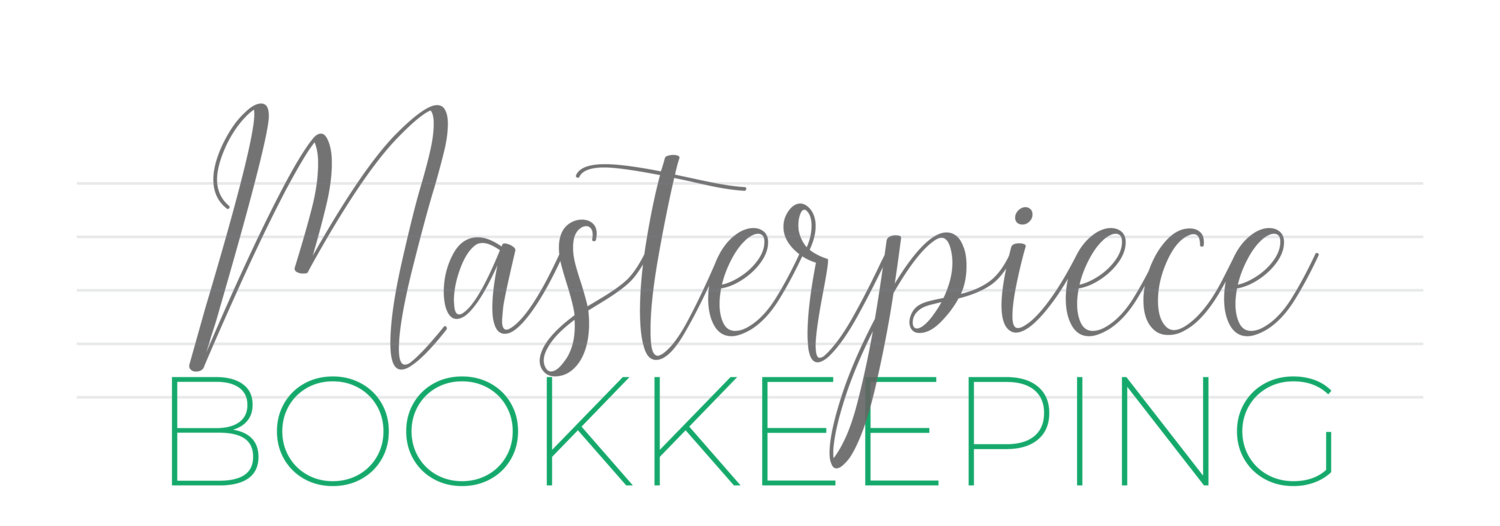So you’re DIY-ing your business’s books. Want to know some of the most common pitfalls we see? Read on.
This article is a bit more technical than most. That’s because bookkeeping is more technical than you’d think - it’s not just data entry. It’s easy to screw up, and that’s why there are so many things listed here. Some of these items are general items, and some are more specific to using an accounting software.
Ignoring your Balance Sheet
Don’t know what a Balance Sheet is, or if you do, how to read one and make sure it’s right? You’re not alone. Business owners tend to focus on the Profit & Loss Statement. If your business is super simple you may be able to do only a P&L via a spreadsheet. But if you have anything that makes it more complicated or are using an accounting software, you need to know the Balance Sheet because that’s how we verify your books are complete and correct. You need to understand every single number on this report. Most of the other items on this list deal with Balance Sheet accounts.
Not Reconciling Correctly
In an accounting software program, you must reconcile all of your bank and credit card accounts each month. Even for the businesses who do this step, they often don’t deal with what we call unreconciled transactions. Those old items sitting out there on the reconciliation you’re not checking off? Those are incorrect somehow and are screwing up your books.
Failing to Track AR
AR stands for Accounts Receivable, and essentially means tracking what you’ve invoiced, what payments you’ve received, and what’s still outstanding. We’ve had to sort out more than one AR mess. The key here is keeping all of your invoicing in one spot and being diligent about entering your received payments and deposits correctly so your AR is always an accurate reflection of who owes you money. That’s important stuff to know!
Mis-entering Income
There are so many pitfalls here it’s hard to cover them all. A brief list:
Double entering income via an invoice & when you receive payment (relates to AR above)
Not breaking out your merchant fees
Not breaking out sales tax (see below)
Not making sure your deposits match your POS or CRM/invoicing system
All the Sales Tax Things
This is a tough one, because the laws are constantly changing on this and it’s location specific. Bottom line: know for certain whether you have a sales tax obligation. Know what is taxable and where it is taxable. Then you need to know the rates, how you’re going to track it, set it up as a liability in your books, and then file and record correctly. We see incorrect sales tax filings all.the.time. I highly recommend seeking professional assistance with this.
Putting Full Loan Payments Against Loans
First, setting up loans in your books can be tricky, especially if there is a related asset entry. They are usually a long term liability account. But then, when you make payments, the entire payment does not go against the loan. You must break up the payment between principal and interest (a P&L account) and verify that the principal loan balance matches your statement. We see negative loans due to this mistake often, which is impossible! And in this case, you are also missing out on the interest deduction on your taxes.
Not Breaking Out Payroll Properly
We rarely see payroll entries made correctly. Often, we’ll see the withdrawals lumped into one expense account (similar to loans, above). Payroll consists of multiple components that need to be accounted for: the gross salaries/wages should be recorded as such (not net pay), employer payroll taxes should be broken out as an expense as well, and then both the employer and employee taxes are a liability until they are paid. If you have any other reimbursements or benefits that run through payroll that makes it even more complicated. Even when the entries may have been done correctly, the liabilities can get off for various reasons. And payroll reports can be hard to read and know which numbers to pull, to boot. (p.s. If your payroll software automatically integrates or pushes over payroll data, that doesn’t always work because it needs to be set up correctly AND the liabilities still need to be monitored.)
Transfer Errors
Moving money. Do you do this a lot? Transfers are confusing, especially in accounting software. They aren’t intuitive to enter. If you do a lot of them, a la Profit First or similar methods, you can create a giant mess very quickly. And the way they are set up in QBO, they aren’t easy to fix. We’ve spent hours upon hours fixing this one area. Look up some tutorials on how to do transfers properly and it will save a lot of headaches.
Miscategorization
If I were to take a survey, I’d best most people would list this as the biggest or most common mistake they can make in bookkeeping. But this is last for a reason - it’s not nearly as big of a deal and it’s much easier to fix than all of the other items above. As I said in the beginning, bookkeeping isn’t just data entry and categorizing transactions. It’s all of the actual accounting knowledge and the math equation behind the scenes that can make or break your bookkeeping.
Maybe you knew all of these things and are rocking your own books. Hopefully you picked up a thing or two that will help you. And if this list was overwhelming to you and you want help - please feel free to reach out to us!

